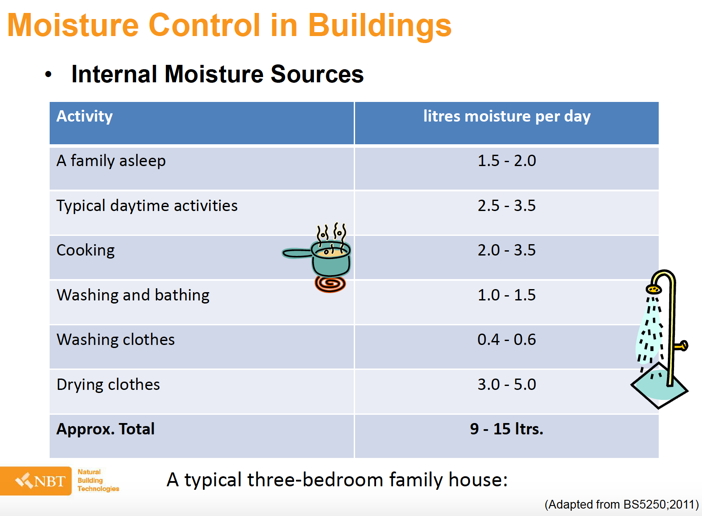Condensation on windows

Q> What is Condensation?
A> When warm air collides with cold surfaces, or when there's too much humidity in the home condensation will occur. When this moisture-packed warm air comes into contact with a chilly surface, it cools down quickly and releases the water, which turns into liquid droplets on the cold surface.
Q>Why has condensation become such a problem in modern homes?
A> Modern life means we now live in more comfort; we have changed the way in which we heat and keep heat in our homes. The use of sophisticated heating systems is commonplace rather than the traditional open fires, we have loft insulation and lower ceilings and fitted carpets.
All of which make our homes cosy, but unfortunately more prone to condensation because the water vapour produced by normal living activities simply has nowhere to escape.
Q> Will Replacing single glazing with double glazing remove my condensation problem?
A> Replacing single glazing with double glazing results in a higher surface temperature of the glass on the room side, which enables it to hold more water vapour without condensing so fitting double glazed windows can help reduce condensation although there are many factors which affect the amount of moisture in the home:
Q>What to do if I have Condensation on the inside of my double glazing?
A>If condensation forms on the inside of your double glazing it is usually the result of steam from your shower, kettle, or hot pots and pans used whilst cooking. This is a natural phenomenon where water vapor turns back into liquid when it comes into contact with something cooler in temperature, like your double glazing.
Q>How do I reduce condensation?
A>Condensation on the inside of your double glazing can indicate above-average humidity levels and in turn a ventilation problem. If water vapour has nowhere to go, it will condense your windows, as well as your furniture, in carpets, and on walls. Excess moisture around the house can be very damaging to your home and to your family’s health.
- Open doors and windows.
- Encourage air flow and let fresh air in.This will naturally improve ventilation and lessen the chance of condensation on the inside of your windows.
- Dry laundry outside, avoid the tumble dryer.
- Provide natural ventilation, through an opening / vent in the window or ventilating unit
- Ensure wall vents are fitted and clear
- Ventilate hoods above cookers to outside air if you can
- Open a window in each room to allow the air to change inside your home
- Keep internal doors open (when not cooking/showering).
- In winter, open your windows periodically (Only when the central heating is off!)
To Sum Up:
Condensation is a ventilation problem. Though double glazing can help reduce condensation by acting as a heat barrier, condensation is often caused by the need for air circulation. Modern day living and efficient heat retention means we often find our home has many moisture traps. The best cure is therefore controlled ventilation. - https://www.fensa.org.uk/condensation-advice
